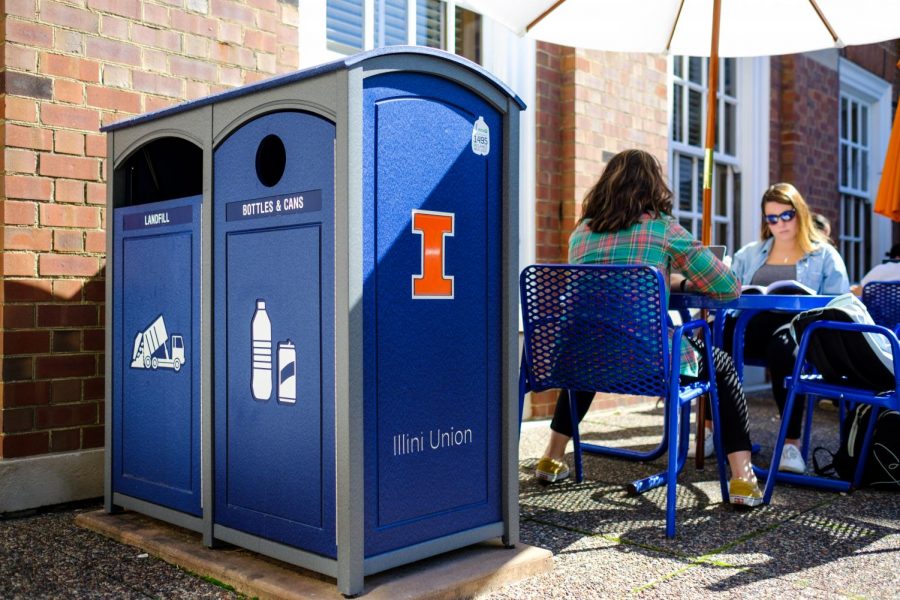You are here
Projects Updates for place: Vet Med Basic Sciences Building
- Associated Project(s):
3 bins placed at Education Building
Associated Project(s):2 slim bins and 1 regular bin placed at Bevier Hall - first of the 28 bin order
Associated Project(s):28 bin order arrived
Associated Project(s):1 bin placed at Nuclear Physics Laboratory
Associated Project(s):Undergraduate Library rehomes 6 3-bins to other facilities on campus
Associated Project(s):update on indoor bin count
Associated Project(s):Master List of All Buildings With the 3-Bin Containers Updated
Associated Project(s):Attached Files:iCAP Indoor Bins Metric Update
56 buildings on campus have at least one of the new 3-bins
Associated Project(s):24 buildings on campus have at least one of the new 3-bins
Associated Project(s):Glass recycling finds funding on campus
Associated Project(s):Collection Containers to Increase Recycling Efforts
Associated Project(s):New Collection Containers to Help Increase Recycling Efforts
Associated Project(s):SSC funds Recycling Pods
Associated Project(s):Attached Files:Gregory Hall
Associated Project(s):David Kinley Hall
Associated Project(s):Morrill Hall
Associated Project(s):Lincoln Hall
Associated Project(s):Vet Med Basic Sciences Building
Associated Project(s):

